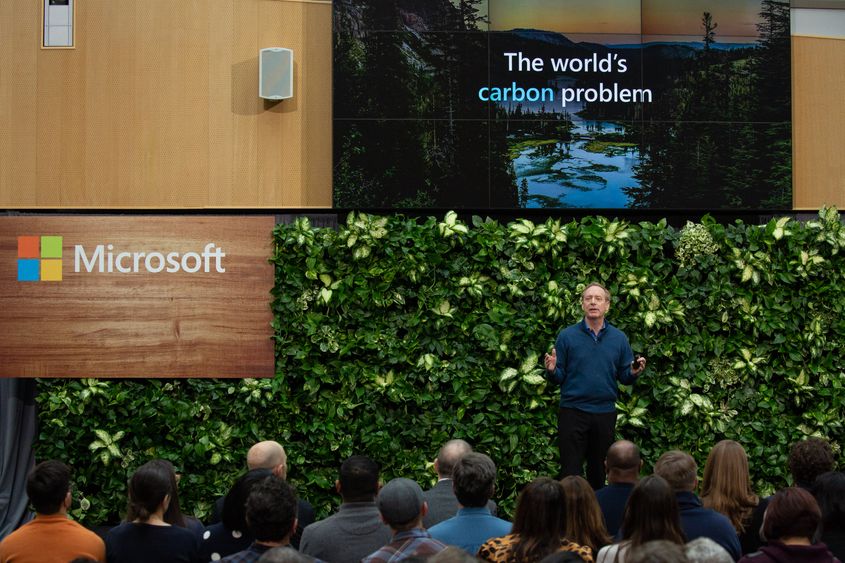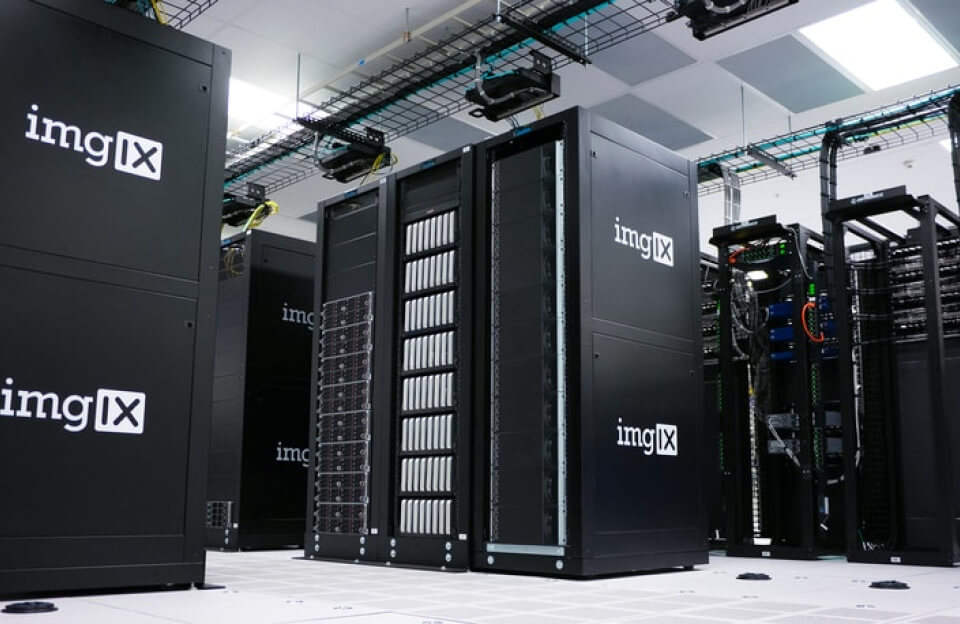An expansive yet balanced look at the resources behind AI—and what lies ahead
🌍 AI’s Enormous Resource Appetite
AI isn’t virtual—it’s physical. Every query, every model, every data center leaves a material impact:
- Electricity: Data centers consume 1–2% of global electricity—estimated to be around 460 TWh in 2022, projected to double by 2030 as AI demand grows MarketsandMarkets+10en.wikipedia.org+10Financial Times+10cee.illinois.edu+9TechRadar+9en.wikipedia.org+9.
- Water: A single 100 MW data center can use up to 2 million liters per day—equivalent to using water for 6,500 households en.wikipedia.org+1MIT News+1. Training GPT‑3 alone consumed 700,000 liters arxiv.org+2Antea Group+2en.wikipedia.org+2.
- Land & Materials: Thousands of data centers, some in regions desperately short of water, occupy vast spaces and rely on rare earth minerals in GPUs en.wikipedia.org+15DevelopmentAid+15greengeeks.com+15.
💡 Justified Optimism and Troubling Warnings
Optimistic advances:
- Efficiency: Liquid and immersion cooling improve PUE, trimming energy and water use TechRadar+1MarketsandMarkets+1.
- Renewables & innovation: Tech giants invest in renewables—Microsoft secured 19 GW of green energy—and even explore floating data centers Windows Central.
- Nuclear resurgence: Microsoft’s deal to power AI use with a nuclear plant at Three Mile Island reflects a shift to clean baseload energy FairPlanet+7en.wikipedia.org+7en.wikipedia.org+7.
Warning signs:
- Carbon surge: Microsoft’s emissions rose 23% since 2020 amid booming AI demand IMD Business School+3Windows Central+3TIME+3.
- Water stress: AI demand may withdraw 4–6.6 billion m³ of water by 2027—half the UK’s annual withdrawal DevelopmentAid+4cee.illinois.edu+4arxiv.org+4.
- Local impact: In drought-prone regions, data centers compete with farmers and residents for water TIME+10en.wikipedia.org+10reddit.com+10.
🏢 AI’s Physical Infrastructure Push
- Data center boom: Over 1,240 new centers in the U.S.—quadrupling since 2010—demand vast electricity and water, bringing both jobs and environmental strain Business Insider+1Business Insider+1.
- Reclaimed industrial sites: Former steel mills like Pittsburgh’s are being redeveloped into AI hubs, driven by billion-dollar investments, yet raising concerns about emissions, water, and labor dynamics The Wall Street Journal.
- Floating centers: Innovative solutions like MOL’s floating data centers aim to bypass land limitations using LNG and offshore renewables apnews.com+10Tom’s Hardware+10Windows Central+10.
🔬 The Negotiation Gold Rush
The promise of AI has fueled a gold rush:
- Employee poaching: Tech giants aggressively recruit AI talent, inflating salaries and disrupting global labor markets.
- Speculative valuations: Companies are valued on future AI potential—sometimes missing tangible achievements.
- Overbuilding risk: Vast infrastructure investments may outpace actual AI deployment, risking stranded assets if markets shift.
Still, underlying tech growth—GPUs, cloud services, edge AI—is real, and public funding often follows.
🔮 Where AI and Resources Meet Tomorrow
- Efficiency optimization: Next-gen chips, model pruning, and better cooling could reduce per-unit impact.
- Green grid integration: Data centers will increasingly pair with solar, wind, hydro, and nuclear power.
- Geographic shift: Cooler, water-rich regions may host the next generation of data centers, balancing resource needs and equity.
- Regulation & transparency: Policies and standards like AI Energy Star may require disclosures and capped footprints greengeeks.com+10IMD Business School+10JD Supra+10Business InsiderWIRED.
- Accountability economics: True costs—carbon, water, land use—may become part of pricing, shaping consumer and corporate behavior.
⚖️ Balancing the Scales
Optimistic outlook: AI has the potential to transform society—healthcare, climate science, transport—if built on a foundation of energy-smart and ecological responsibility.
Warning note: Without concerted action, AI could exacerbate climate change, deepen resource inequality, and prioritize profit over sustainability.
✅ Final Thought
AI is not abstract—it’s grounded in water, energy, land, and human labor. We stand at a crossroads: continue along a resource-intensive trajectory, or redesign the path for lasting benefit.
Our choices now will decide whether AI becomes a force for planetary regeneration—or an engine for deeper ecological stress.
Selected Reports on AI’s Resource Impact
How AI Is Fueling a Boom in Data Centers and Energy Demand
Generative AI and Climate Change Are on a Collision Course

Sources



